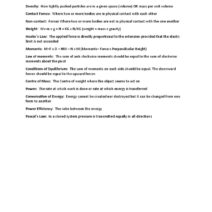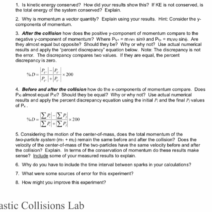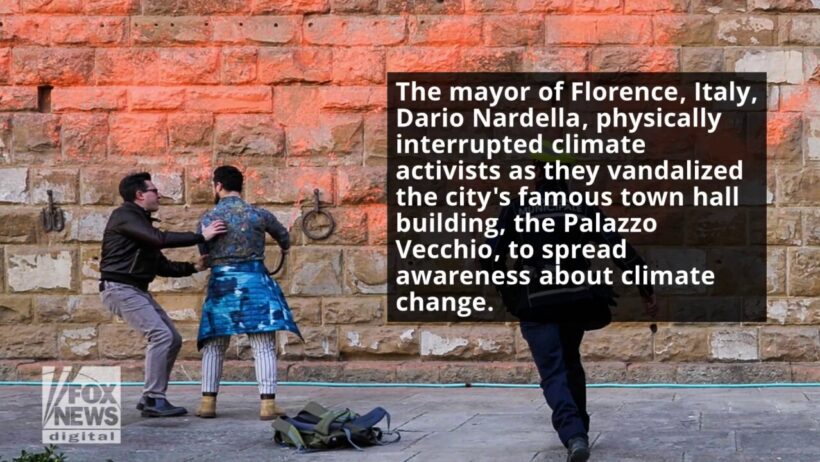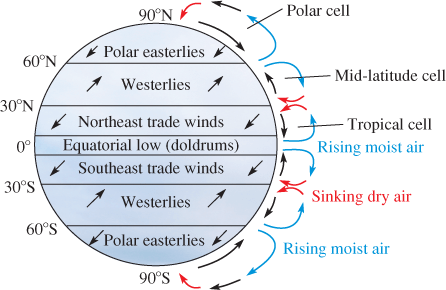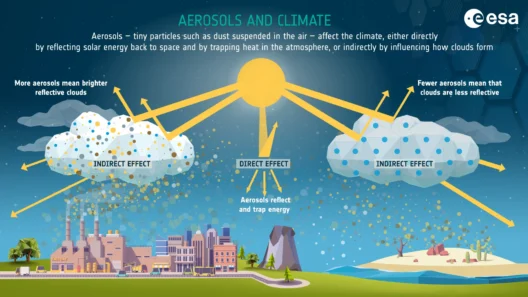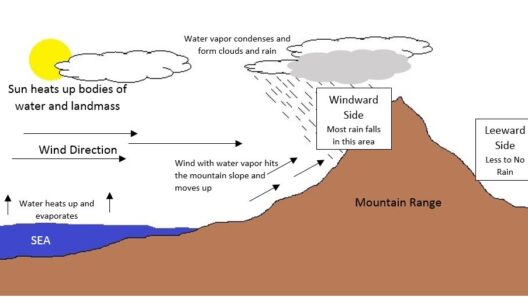The political climate of Italy underwent a profound transformation following the unification in the late 19th century. This pivotal event not only reconfigured the territorial boundaries of the boot-shaped peninsula but also catalyzed a metamorphosis in governance, societal norms, and the national identity. Understanding the intricacies of this evolution is crucial, as it continues to influence contemporary Italian politics and societal dynamics.
To contextualize the discussion, one must first explore the historical backdrop preceding unification. Prior to 1861, Italy comprised a patchwork of independent states, each with its governance structures and cultural idiosyncrasies. The Kingdom of Sardinia, under the dynamic leadership of figures like Count Camillo di Cavour and Giuseppe Garibaldi, spearheaded the unification movement. The quest for a singular national identity was fraught with challenges, reflecting disparities in regional governance and interests.
The aftermath of unification marked the emergence of a centralized state, a stark contrast to the decentralized governance that had previously prevailed. The establishment of a parliamentary system introduced new political actors and dynamics, fundamentally altering the fabric of governance. However, the centralization did not come without strife. Bicameralism was instituted, aimed at ensuring representation; nonetheless, many regions felt marginalized. The political disenfranchisement of southern Italy, particularly the Mezzogiorno, fostered a sense of alienation that simmered beneath the surface for decades.
In the late 19th and early 20th centuries, political strife intensified, with the rise of social movements and parties advocating for workers’ rights and socialist reforms. This burgeoning political activism coincided with industrialization, which shifted economic power and social structures. The labor movement gained traction, and the Socialists carved out a significant space in the political landscape. The growing number of strikes and protests indicated a populace increasingly willing to challenge the status quo. This era illustrates the complex interplay between labor, industry, and politics, highlighting how economic transformations often catalyze political evolution.
The repercussions of World War I further nuanced the Italian political landscape. The war effort strained the economy and exacerbated social tensions, culminating in widespread disillusionment. The subsequent wave of strikes and social unrest set the stage for the rise of fascism. Benito Mussolini capitalized on the prevailing discontent, asserting authoritarianism as a viable solution to political instability. His regime suppressed dissent, centralized power, and promoted nationalist rhetoric, profoundly influencing Italy’s trajectory.
Post-World War II, Italy faced the arduous task of reconstructing its political climate amidst a backdrop of devastation and moral questioning. The fall of Mussolini paved the way for the establishment of a republican government in 1946. This marked a stark departure from totalitarianism, as the new constitution emphasized democratic principles and civil rights. However, the political arena was still rife with challenges. The influence of the Christian Democratic Party dominated the post-war era, often resulting in ideological polarization and governmental instability.
Throughout the latter half of the 20th century, Italy’s political climate continued to evolve. The so-called ‘Years of Lead,’ characterized by political violence and terrorism, fragmented the political landscape further. Radical groups emerged, challenging the established order, which compelled the state to respond with increased security measures. The oscillation between left and right ideologies highlighted the ongoing struggles between different factions within Italian society, emphasizing the complexity of national identity formation.
The early 1990s heralded another significant shift with the uncovering of rampant corruption within the political elite, epitomized by the Tangentopoli scandal. This scandal undermined public trust in established parties and ushered in a wave of neo-political movements and parties, such as the Northern League and Forza Italia. The fragmentation of traditional political structures demonstrated the citizens’ demand for transparency and accountability. The diverse political expressions reflected the increasingly pluralistic nature of Italian society.
In recent years, the political climate has continued to grapple with new challenges, such as immigration, the rise of populism, and Euroscepticism. The influx of migrants has exacerbated societal divisions, often pitting different segments of the population against one another. Politicians have utilized these narratives to rally support, leading to a resurgence of nationalist sentiments reminiscent of pre-World War II ideologies. The contemporary political landscape is further complicated by Italy’s role within the European Union, navigating the delicate balance between national interests and European solidarity.
Understanding the evolution of Italy’s political climate post-unification is vital for grasping current dynamics. The historical trajectory showcases the complex interplay of economic, social, and political factors that have shaped Italy over the decades. Additionally, the challenges of regionalism, identity, and governance continue to resonate in contemporary debates, encapsulating the struggles of a nation that has long sought to define itself amidst a tapestry of diversity. The impact of unification extends beyond mere historical significance; it encapsulates the ongoing quest for political stability, representation, and national cohesion in an increasingly complex world.
In conclusion, Italy’s journey from a fragmented collection of states to a unified republic is illustrative of the challenges and triumphs faced in the quest for a cohesive political identity. Each phase of evolution reveals deeper insights into the mechanisms of power, identity, and the ever-shifting political landscape. Understanding this history sheds light on the current challenges within Italian politics, where the legacy of unification remains a potent force in shaping both national discourse and policy formulation.

